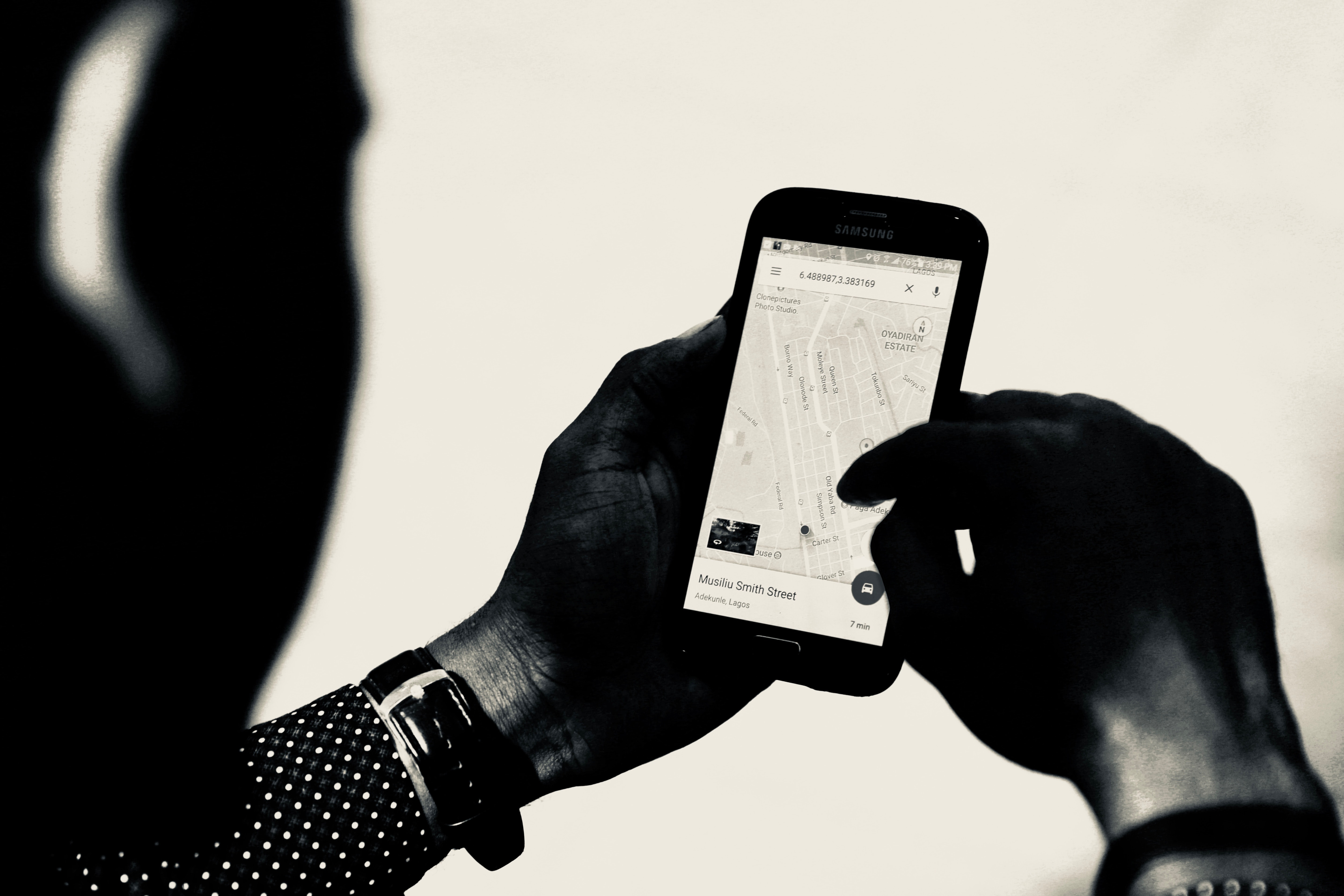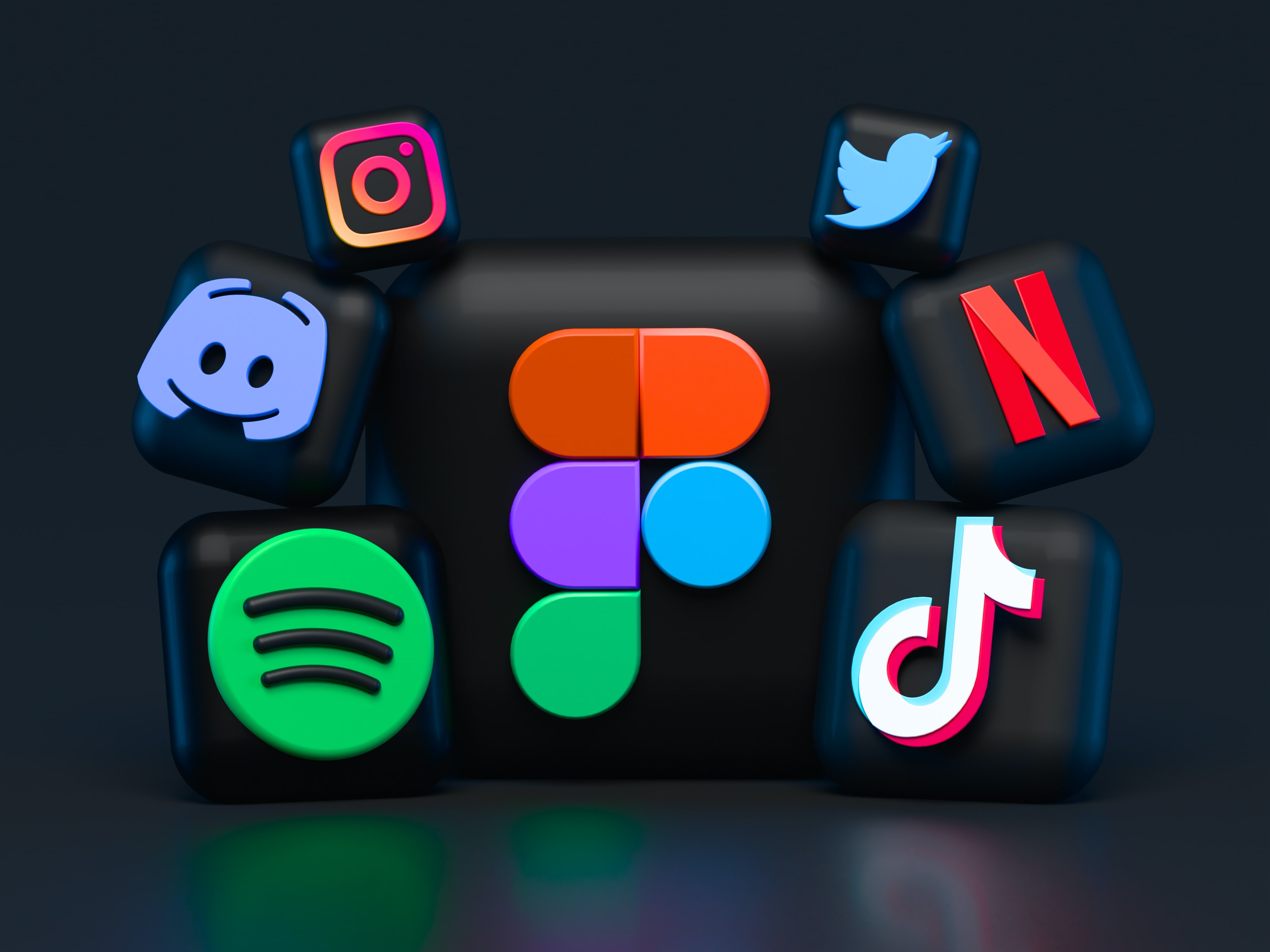Animation is an integral part of our daily lives, especially in the digital space. From scrolling down a website or receiving a notification, animation is not only an important tool for guiding users through an app or website, but it is also crucial for storytelling and creating a brand narrative. In the ever-evolving digital landscape, animation is a critical aspect of a product designer's arsenal, bringing still objects to life and enhancing the user experience.
In today's world, the digital space is overflowing with information, leading to a decline in attention span. To grab the attention of users, designers must utilise interactive content that engages the user. This is where animation becomes a valuable tool. In a recent case study by growth.design on mental model, the concept of mental model was explored. A mental model refers to how people think things work, and it was found that people use their real-life experiences as a shortcut to evaluate trustworthiness in online interactions.
In the realm of interactive design, the human brain is naturally used to an animated environment where everything is in motion, from the movement of trees to the motion of vehicles, and even the movement of a person's mouth when speaking. This bias towards animated objects forms a mental model for the brain, and it is the designer's job to bring the design to life and make it feel as though it is alive.
To achieve this goal, designers must be well-rounded in their approach and understand the basics of storytelling and how to bring life to still objects. Empathy is a crucial aspect of successful design. By understanding the user's experience and imagining themselves in the user's shoes, designers can better understand the user's journey and how they interact with their environment.
A human-centered approach is key to the success of a product, and animation plays a significant role in this. A well-designed digital product must intersect with how the product works and how the user's mind works. By understanding the user's journey and grabbing their attention, designers can create a successful product that is intuitive, responsive, and empowers the user. An example of this is the website for Qore.inc, which was developed to communicate the business offering and brand outlook in a way that relates to real life.
When building a digital project, it is essential to think about how all the elements would interact if they existed in real life. Tools such as Adobe After Effects, Lottie, Spline, animate.css, bounce.js, and others make it easy for designers to bring their designs to life. The learning curve for these tools may vary, but designers should pick the one that works best for them and learn progressively.
Interactive design can help convey the relationship between elements on the page and any actions taken by the user. The ability to create micro-interactions using tools such as Adobe After Effects and Lottie has revolutionized the field of UI design. Notifying users of the success or failure of an action has never been easier, and the Lottie plugin for After Effects makes the transition from design to development seamless. Lottie integrates with multiple design and development tools, including Figma, XD, Elementor, Wordpress, Webflow, Framer, Sketch, and Canva, among others.
For 3D design, Spline is a great tool for building web-based, interactive vector-based 3D UI assets with full interactions such as clicks and drags. Spline also has the ability to export to React projects, Webflow, HTML/JS, Wordpress, Framer, and more.
While animation provides designers with endless creative possibilities, it is important to remember that the success of incorporating animation into a user interface ultimately hinges on usability. It’s down to the UI designer to carefully consider the value of each animation no matter how subtle, or eye-catching and what it means for the end-user.
When building a digital project, it is essential to think about how all the elements would interact if they existed in real life. Tools such as Adobe After Effects, Lottie, Spline, animate.css, bounce.js, and others make it easy for designers to bring their designs to life. The learning curve for these tools may vary, but designers should pick the one that works best for them and learn progressively.
Interactive design can help convey the relationship between elements on the page and any actions taken by the user. The ability to create micro-interactions using tools such as Adobe After Effects and Lottie has revolutionized the field of UI design. Notifying users of the success or failure of an action has never been easier, and the Lottie plugin for After Effects makes the transition from design to development seamless. Lottie integrates with multiple design and development tools, including Figma, XD, Elementor, Wordpress, Webflow, Framer, Sketch, and Canva, among others.
For 3D design, Spline is a great tool for building web-based, interactive vector-based 3D UI assets with full interactions such as clicks and drags. Spline also has the ability to export to React projects, Webflow, HTML/JS, Wordpress, Framer, and more.
While animation provides designers with endless creative possibilities, it is important to remember that the success of incorporating animation into a user interface ultimately hinges on usability. It’s down to the UI designer to carefully consider the value of each animation no matter how subtle, or eye-catching and what it means for the end-user.



